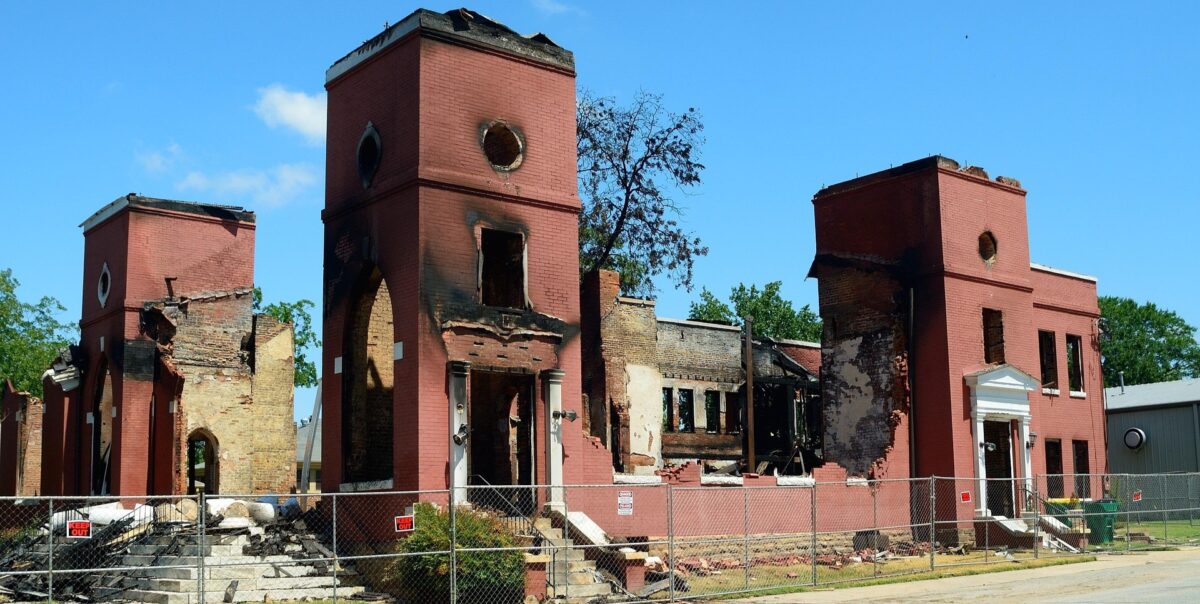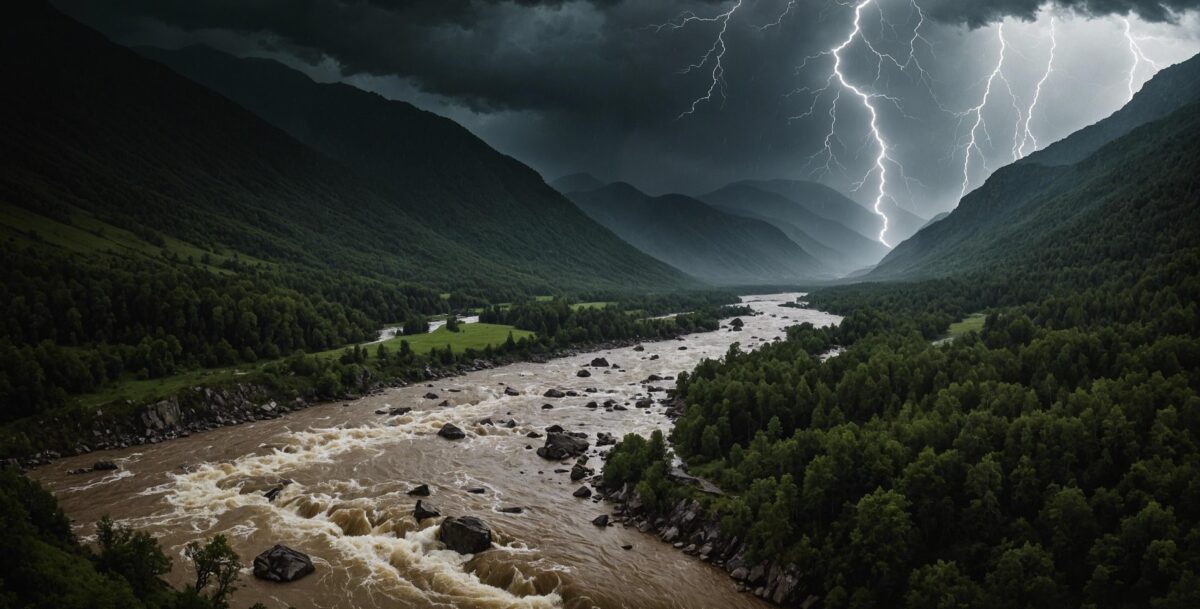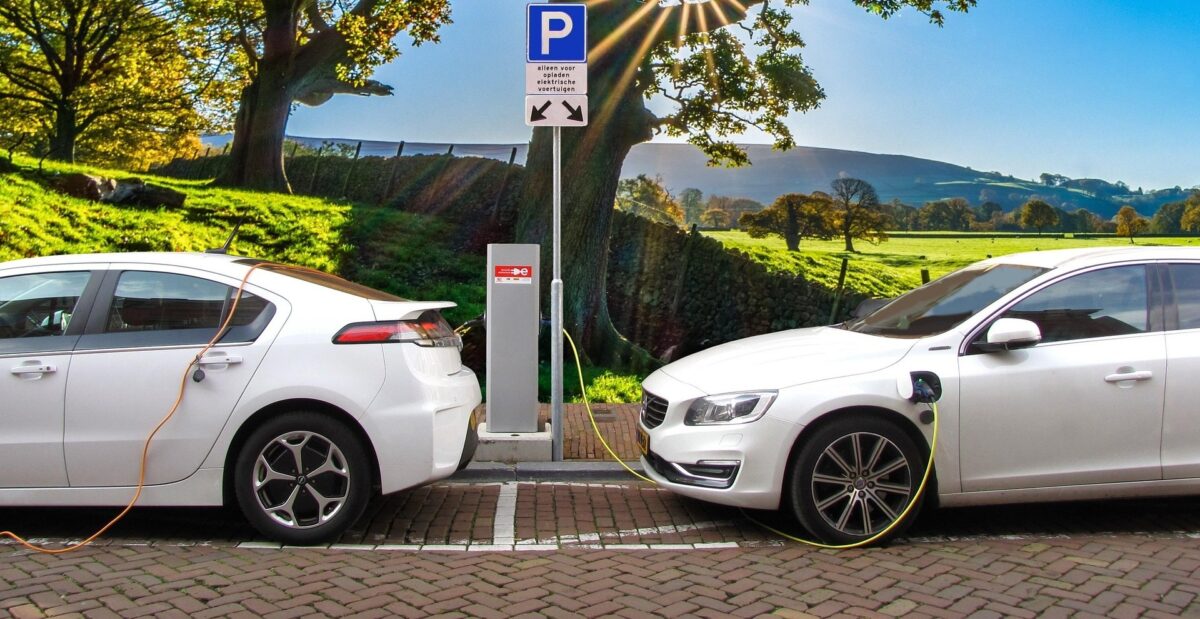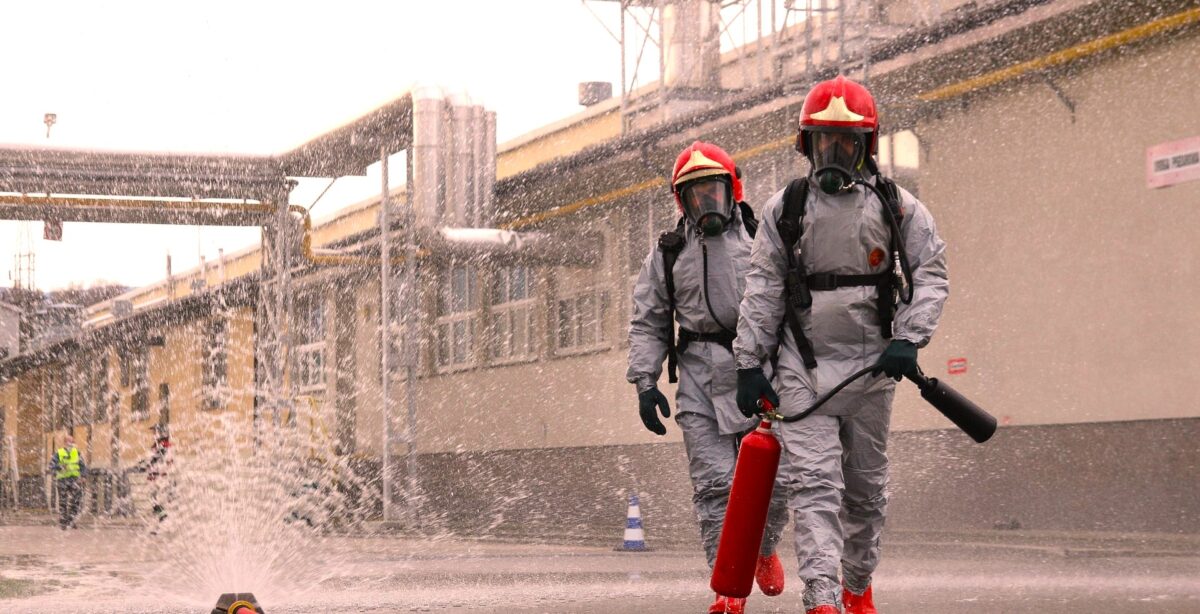Regardless of the impetus, new opportunities and jobs are constantly emerging, demonstrating a community’s capacity to respond to the needs and challenges of its constituents. While the LA region continues its cleanup after this past winter’s fires, some companies providing innovative disaster responses are also developing new services that will remain viable and valuable after the recovery is complete. The phenomenon demonstrates how successful organizations can master the pivot from ‘disaster’ to ‘debut’ by learning from past experience how to build a better future.
Seizing Opportunities
Disasters of any kind reveal a myriad of facts and data that provide insights into what happened, how it happened, and (perhaps) how to avoid it in the future. In the LA region, fire safety is now a ‘hot’ topic (sorry); experts estimate that the January 2025 conflagrations cost as much as $164 billion. The rebuild will be even more expensive. Looking forward, businesses of all sizes, as well as individuals, families, and industries, are seeking ways to prevent similar losses, and they will need well-trained assistance to develop those preservation and prevention resources.
Beyond firefighting, these emerging occupations will be very popular in the coming years:
Immediate Aftermath Response Occupations:
HAZWOPER – or Hazardous Waste Operations & Emergency Response technicians are in high demand after any disaster involving building or infrastructure loss. The HAZWOPER guidelines, established by the Occupational Safety and Health Administration, provide guidance on activities that threaten human health and welfare during cleanup, corrective, and emergency responses involving hazardous substances.
Debris management is a critical element of the post-fire recovery process. Fires that burn both wild and urban areas generate immense levels of toxins, both natural and man-made. Citing just a few examples and then multiplying those substances by the number of buildings lost (in the LA case, thousands) indicates the vast expanse of the environmental threat of this post-fire detritus:
-
- vehicle fluids and materials, and more.
These substances melt and meld together into a lethal morass of toxicity that must be safely removed before reconstruction can begin.
Insurance Claims Representatives are also in high demand after a disaster destroys property and land and may take lives, as well. Insureds must collect and present documentation of their losses, and assessments are often required to determine payout values. In many cases, multiple insurers can be involved in a single claim (such as car, home, or property coverages), and the process of determining which company is responsible for what damages can take several months, if not longer.
Disaster Analysis and Prevention Occupations
Virtually every community that suffers catastrophic losses by any cause wants to recover and rebuild as quickly as possible. To do so, however, often requires understanding where and why the losses occurred to prevent inadvertently incorporating those threatening circumstances into the new plan. The following occupations generate the reports and insights needed to ensure the construction of a safe and sustainable new landscape:
Fire Investigators ferret out the critical data that explains where, why, and how fires started, spread, jumped, and were eventually contained. They investigate the cause of the conflagration, looking for arson or natural causes as the ignition point to determine if a crime was involved. Their information assists parallel investigations by law enforcement agencies, insurance companies, industrial companies, and homeowners in determining cause, liability, and, in some cases, criminal culpability for the damages done during the event.
Geographic Technology Analysts create maps, visualizations, simulations, and other informative tools to explain how the physical location of a disaster event impacts the type and level of damages incurred. Their effort is invaluable in explaining how the physical scene of the disaster location contributed to the damages incurred so that those people strategizing recovery efforts can avoid recreating similarly dangerous conditions. They also utilize technology to predict and track weather systems that can trigger natural disasters, providing a community with a warning period before the onset begins.
Disaster Recovery Occupations
The direct losses suffered during any kind of disaster are often immense and require immediate response. In the longer run, however, disaster impacts on systems and infrastructure also require close analysis and evaluation to ensure that they, too, recover appropriately.
Comprehensive Supply Chain Management is foundational to a community’s ultimate recovery. The demand for services and materials related to addressing the challenge rises exponentially during and immediately after the calamity occurs. Food, disaster management, lodging, and transportation systems are often negatively impacted during a crisis and require immediate responses that are directly related to the specific incident. In its aftermath, these indirect response activities grow in importance as the community begins its recovery and seeks new or replacement goods and services in place of those that were lost or are no longer available.
The demand for IT Disaster Recovery services (IT/DR) also rises after a disaster occurs. Especially in the business community, loss of technology can also mean the loss of the company itself. Accordingly, most practitioners of IT/DR services are also focused on preventing losses in the event of future calamities. The IT/DR specialist evaluates the entire spectrum of digital assets within the technology suite, including hardware, software, servers, networks, and compliances. They also investigate for data and process losses, new or newly revealed vulnerabilities, and failures in capacities and capabilities. As the system is rebuilt, the DR Architect will work to bring the enterprise back online while also incorporating resiliency aspects into the new system that will prevent losses and failures in the future.
In addition to needing IT/DR services, most companies also benefit from support from Business Continuity Specialists (BCS), who provide the direction and insights needed to keep a company running during and after disaster strikes. These professionals oversee the development and implementation of disaster recovery (DR) plans and strategies that incorporate all elements of the business, including staff, stakeholders, supply chain participants, and compliance mandates. Organizations that invest in these services will have a workforce that is well-trained to respond during a catastrophic event, as well as to return to action quickly once the danger has passed. The BCS also produces the reports and analyses necessary to justify further financial investments and to back up insurance claims.
At this moment, the Los Angeles region is moving forward in its recovery efforts after the January fires. No doubt, there are many disaster-facing professionals at work, assisting all members of the community in their efforts to recover as much as possible their former lives. Also without doubt, more such professionals and specialists will be needed as the frequency of both natural and man-made disasters is expected to increase in the coming years. Individuals seeking jobs with purpose and that offer meaningful public service would do well to consider these occupations as potential future careers.


















